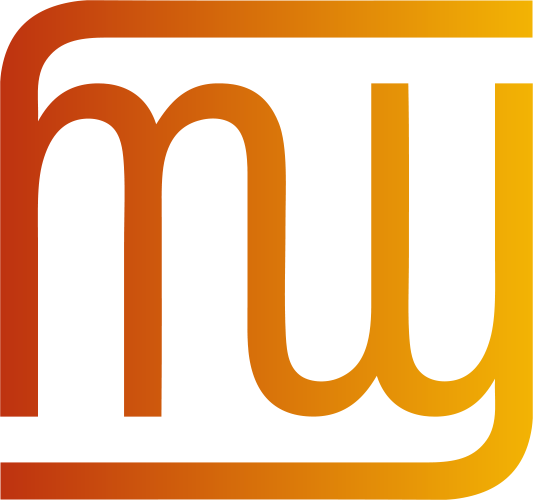 The W3C Internationalization (I18n) Activity works with W3C working groups and liaises with other organizations to ensure Web technologies work for everyone, regardless of their language, script, or culture.
The W3C Internationalization (I18n) Activity works with W3C working groups and liaises with other organizations to ensure Web technologies work for everyone, regardless of their language, script, or culture.
From this page you can find articles and other resources about Web internationalization, and information about the groups that make up the Activity.
Read also about opportunities to participate and fund work via the new Sponsorship Program.
What the W3C Internationalization Activity does
Selected quick links
Selected quick links
Selected quick links
New talk slides: @media 2007
Richard Ishida gave a presentation entitled Designing for International Users: Practical Tips at the @media conferences in San Francisco, USA (24 May, 2007) and London, UK (7 June, 2007).
Updated Working Draft: Handling Right-to-left Scripts in XHTML and HTML Content
The Internationalization Core Working Group has published an updated Working Draft of this internationalization best practices document to show progress so far.
Part of a series designed for authors, the document will provide advice for the use of XHTML or HTML markup and CSS to create pages for languages that use right-to-left scripts, such as Arabic and Hebrew. It attempts to counter many of the misunderstandings or over-complexities that currently abound.
The title has been changed to reflect that these are ‘Best practices’ rather than ‘Techniques’, and the content and format has been substantially reworked.
Editor: Richard Ishida.
Decommissioned tutorials
The tutorials “An Introduction to Multilingual Web Addresses” and “Using language information in XHTML, HTML and CSS” have been decommissioned, to facilitate updating of material and reduce duplication.
The information in the first tutorial is already covered by the more up-to-date article An Introduction to Multilingual Web Addresses. The meat of the second tutorial is covered by the articles Styling using the lang attribute, and Setting language preferences in a browser.
New translation: Configurando o parâmetro HTTP da codificação de caracteres (charset)
Thanks to Rafael Zanella the article “Setting the HTTP charset parameter” has now been translated into Brazilian Portuguese (language negotiated).
Updated Working Group Note: Unicode in XML and other Markup Languages
The Internationalization Core Working Group has published an updated version of the Working Group Note Unicode in XML and other Markup Languages.
This document contains guidelines on the use of the Unicode Standard in conjunction with markup languages such as XML. Major changes since the previous version encompass the alignment with Unicode 5.0 and the discussion of white space handling.
The guidelines are published jointly by the Unicode Technical Committee and the W3C Internationalization Core Working Group.
Editors: Martin Dürst, Asmus Freytag.
Updated Working Draft: Best Practices for XML Internationalization
The Internationalization Tag Set Working Group has published an updated Working Draft of Best Practices for XML Internationalization. These best practices are a complement to the International Tag Set W3C Recommendation and are written for designers and developers of XML applications, XML content authors as well as users and translators. [search key: tr-i18n-html-tech-lang]
Editors: Yves Savourel, ENLASO Corporation, Diane Stoick, Boeing Corporation.
New Working Group Note: Specifying Language in XHTML & HTML Content
This document provides best practices related to the practical aspects of specifying language in XHTML/HTML content. Content authors can use these to ensure that their HTML is easily adaptable for an international audience. These best practices are best addressed from the start of content development if unnecessary costs and resource issues are to be avoided later on.
Editor: Richard Ishida.
For review: Tagging text with no language
Comments are being sought on this FAQ-based article prior to final release. Please send any comments to www-international@w3.org (subscribe). We expect to publish a final version in one to two weeks.
Updated article: An Introduction to Multilingual Web Addresses
After some research and discussion, the section “Does it work?” was rewritten, with particular emphasis on domain names and phishing in browsers. Some text was also added about how registries deal with phishing.
There were also various changes to the section “Further Reading”.
New Recommendation: Internationalization Tag Set (ITS) Version 1.0
The World Wide Web Consortium today released Internationalization Tag Set (ITS) Version 1.0 as a W3C Recommendation. Creators of XML content can use the ITS set of elements and attributes to prepare schemas and documents for localization and to internationalize them for a global audience, whether you are creating a new schema or working with an established one. Implementations provided for DTDs, XML Schema and Relax NG can be used with new or existing vocabularies like XHTML, DocBook, and OpenDocument.
